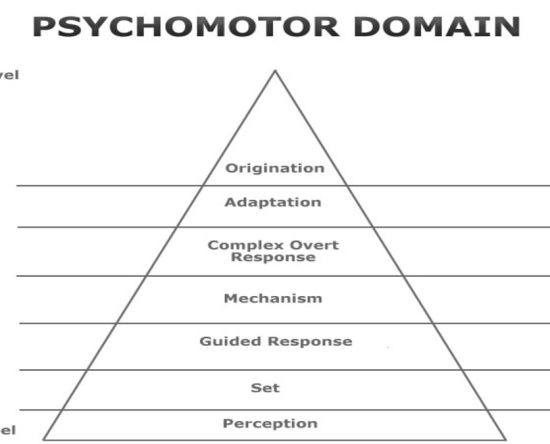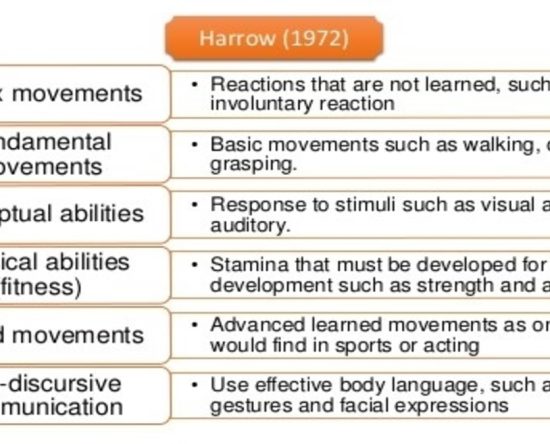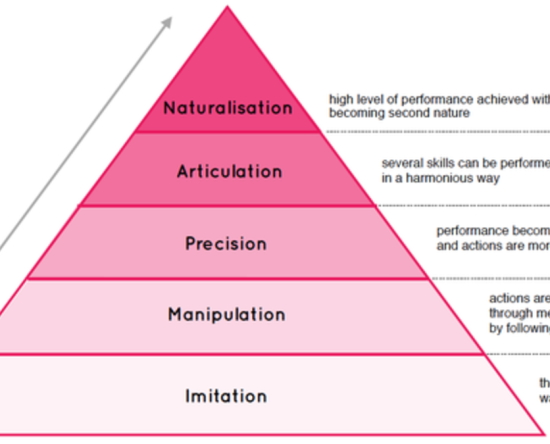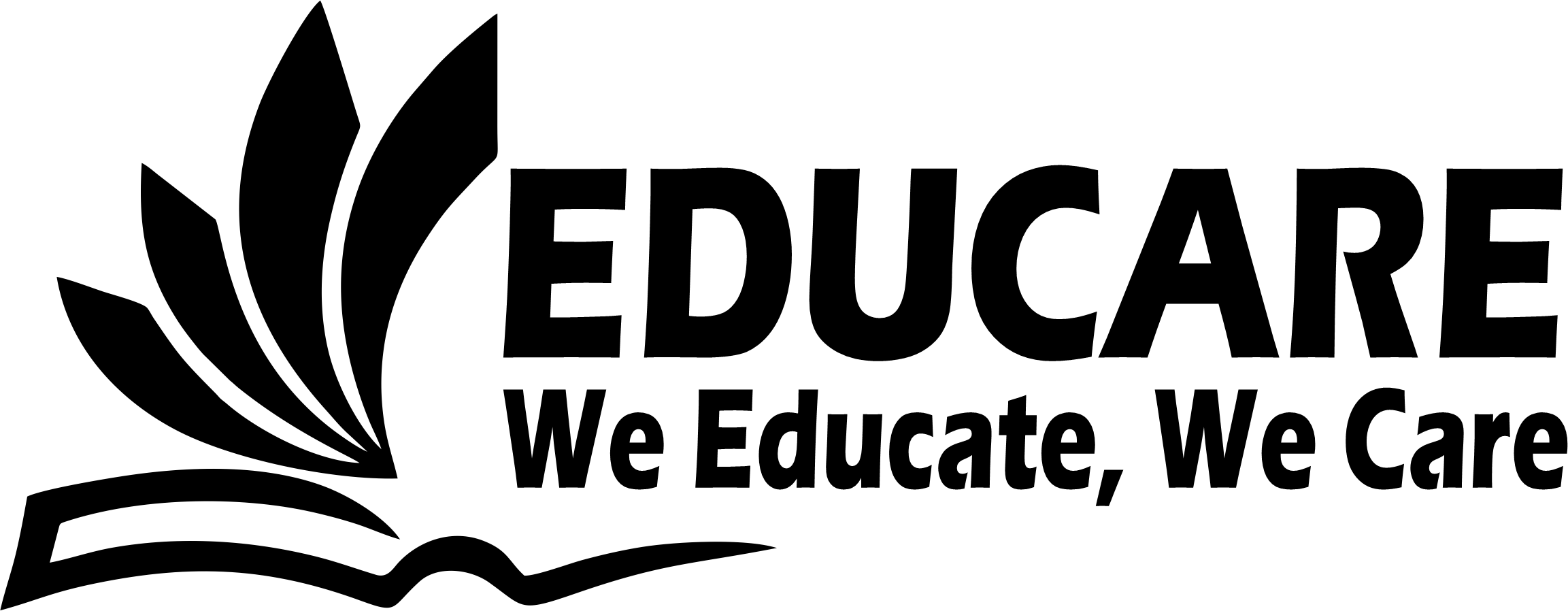
Psychomotor Domain — Simpson’s Taxonomy
The Simpson’s psychomotor domain (1972) includes physical movement, coordination, and use of the motor-skill areas. Simpson’s psychomotor domain focuses on utilizing motor skills and coordinating them.

Psychomotor Domain — Harrow’s Taxonomy
Harrow’s taxonomy (1972) of psychomotor domain focuses on the development of physical fitness, dexterity, agility, and body control to achieve a high level of expertise. Harrow’s taxonomy is organized according to the degree of coordination including involuntary responses and learned capabilities.

Psychomotor Domain — Dave’s Taxonomy
The Dave’s taxonomy of psychomotor domain includes utilizing motor skills and the ability to coordinate them. This psychomotor domain includes physical movement, coordination, and use of the motor-skill areas. Development of these skills requires practice and is measured in terms of speed, strength, endurance, coordination, precision, distance, procedures, or techniques in execution. The Dave’s psychomotor […]
